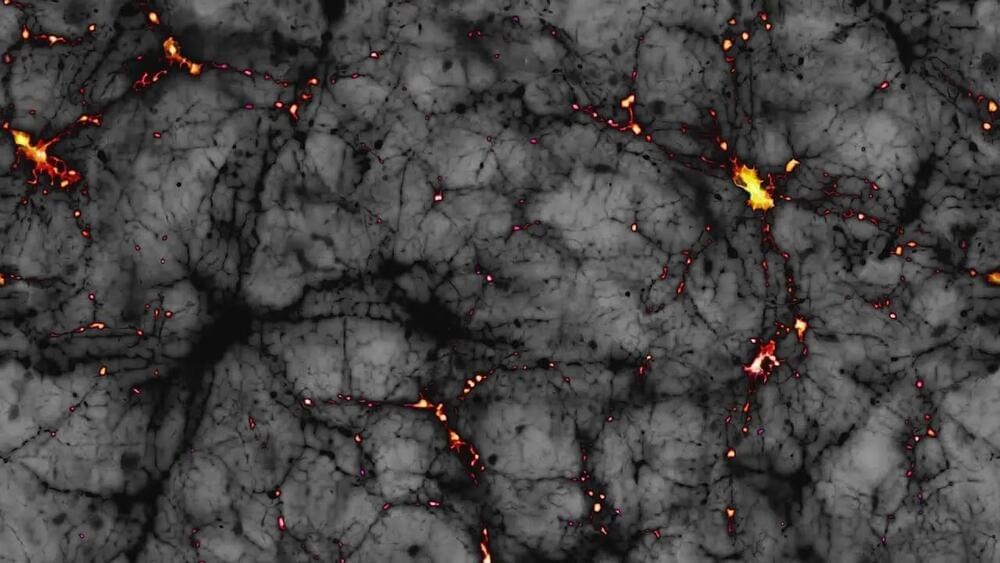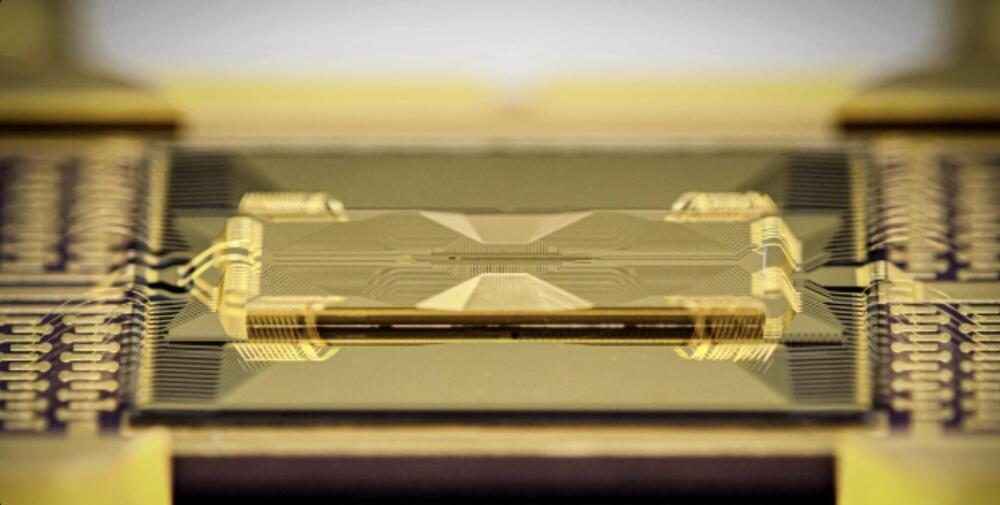A judge found that two media outlets alleging copyright violations hadn’t demonstrated that they’d been harmed by OpenAI removing “copyright management information” from its training data.


Francois Chollet, a prominent AI expert and creator of ARC-AGI, discusses intelligence, consciousness, and artificial intelligence.
Chollet explains that real intelligence isn’t about memorizing information or having lots of knowledge — it’s about being able to handle new situations effectively. This is why he believes current large language models (LLMs) have \.

Illustration: Liu Rui/GT
China on Monday released its third report on the “Volt Typhoon” investigation. The report not only provides critical new information but also delivers a clearer message to responsible stakeholders concerned with global cyberspace security and governance: A previously underappreciated threat must be taken seriously. This threat originates from US intelligence agencies and security bodies, which, possessing superior technological capabilities, engage in “false flag” operations — activities carried out to deliberately conceal the true origin of cyberattacks while falsely attributing responsibility to someone else, particularly an opponent. To serve their own interests, these organizations openly or tacitly collaborate with high-tech companies.
The Marble Framework mentioned in the latest investigative report was first exposed in 2017 when WikiLeaks claimed to have obtained information from inside the CIA’s Center for Cyber Intelligence. Developed by the CIA as an anti-forensics tool, the primary function of the Marble Framework is to obscure and disguise the true origins of cyberattacks, making it difficult to trace these attacks back to the actual perpetrators. The Marble Framework employs string obfuscation to hide textual information within the malware, as this text often provides forensic experts with clues to identify the developer or country of origin behind the malicious software.

New model suggests the universe could be a staggering 26.7 billion years old.
Rethinking the Age of the Universe
A recent study led by Rajendra Gupta, a physics professor at the University of Ottawa, proposes that the universe might be twice as old as current estimates suggest. This study, published in the Monthly Notices of the Royal Astronomical Society, challenges established cosmological models, proposing that the universe could be 26.7 billion years old instead of the widely accepted 13.8 billion years. Gupta’s findings offer a potential solution to various unresolved astronomical mysteries, such as the existence of mature galaxies seen shortly after the Big Bang and stars that seem older than the universe itself.
In a groundbreaking study published in Nature, scientists from JILA—a partnership between the National Institute of Standards and Technology and the University of Colorado Boulder—have managed to measure time dilation at an unprecedentedly small scale. This breakthrough involved detecting time differences between two clocks spaced only a millimeter apart, a distance as small as the width of a pencil tip. The experiment marks a major step forward in the precision of atomic clocks and sheds new light on the effects of gravity on time as outlined in Albert Einstein’s theory of general relativity.
Clocks that Measure the Effects of Gravity at the Millimeter Scale
Time dilation, a phenomenon where time moves more slowly in strong gravitational fields or at high speeds, was first predicted by Einstein’s relativity theory. JILA researchers, led by physicist Jun Ye, used highly precise atomic clocks in this experiment to measure these differences in gravitational time dilation over millimeter distances. By tracking frequency shifts among a sample of 100,000 ultra-cold strontium atoms held in a lattice, the team achieved a remarkable level of control, detecting how the gravitational pull from Earth slightly altered the passage of time over even this small distance.

Researchers have created a composite image showing dark matter’s role in linking galaxies, using data from 23,000 galaxy pairs located 4.5 billion light-years away. This discovery, through weak gravitational lensing, offers direct evidence of the dark matter web predicted for decades, moving from theoretical assumptions to measurable proof. The finding helps confirm dark matter’s critical role in keeping galaxies intact, at a time when some scientists are questioning its existence. Though still largely invisible, this breakthrough brings us closer to truly understanding the unseen forces binding the universe together.
The idea of dark matter originated out of sheer necessity. Given the amount of matter we can observe, the universe shouldn’t be able to exist and function the way it does—this visible matter simply can’t produce the gravitational forces required to hold galaxies together. Dark matter offers scientists a solution to this problem. They suggest the universe must contain a type of matter that we are unable to detect, one that doesn’t absorb, reflect, or emit light—hence, a truly “dark” form of matter.
To maintain the accuracy of our scientific models, dark matter would need to make up more than a quarter of the universe’s total matter. However, what exactly constitutes dark matter remains a mystery, and attempting to find evidence for something invisible is a difficult endeavor. Until now, scientists have primarily relied on observing its gravitational influence as indirect proof of dark matter’s existence. But researchers from the University of Waterloo in Ontario, Canada, have gone a step further—they’ve produced a composite image that confirms galaxies are linked by dark matter.

A multitude of genetic, behavioral, and environmental factors come together to create mental health problems in teens.
Using a broad genetic trawling method, scientists at Washington University identified connections between genetic risk factors and behaviors like screen time and stressful life events in youth. Their findings highlight potential areas for intervention to mitigate the risk of psychiatric disorders.
Genetic Research in Youth Behavior.

Researchers have unveiled a new photonic in-memory computing method that promises to advance optical computing significantly.
This technology, using magneto-optical materials, achieves high-speed, low-energy, and durable memory solutions suitable for integration with existing computing technologies.
Photonic In-Memory Computing
Discover how a new attack technique bypasses Microsoft’s security, enabling OS downgrade attacks on Windows.

For error-resistant quantum computers, creating superpositions or entanglement between states is relatively easy. In contrast, adding magic to the state or dislocating them further from easy-to-simulate stabilizer states is expected to be highly challenging.
“In the literature of quantum information, you often encounter terms like ‘magic state distillation’ or ‘magic state cultivation,’ which refer to pretty arduous processes to create special quantum states with magic that the quantum computer can make use of,” said Niroula.
“Prior to this paper, we had written a paper that observed a similar phase transition in entanglement, in which we had observed phases where measurements of a quantum system preserved or destroyed entanglement depending on how frequent they are.”